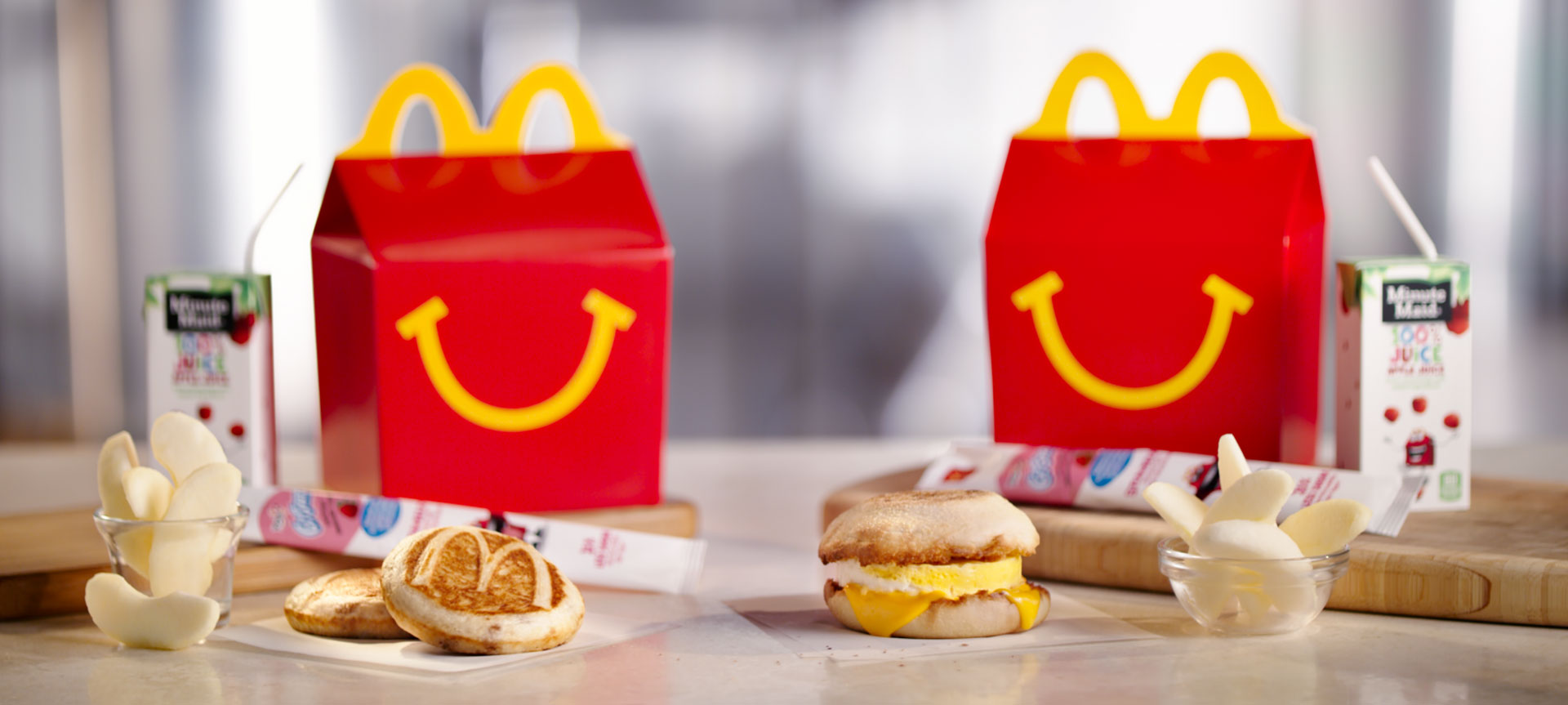This article argues that consumers are becoming richer as prices of many goods and services fall relative to wages. It uses the example of McDonald’s Happy Meal, which now takes less time to earn than in 1979.
It has been almost 40 years since McDonald’s first introduced their world famous Happy Meal. Back in 1979, the average worker made $6.57 per hour and upon its release, the children’s meal cost $1.10. Today the meal costs $2.64, while the average worker makes $26.71 per hour.
The media typically talks about weak wage growth. However, the long-term trend that ought to be of equal interest to our opinion makers is the decline in prices relative to wages or what could be called “Price Productivity.”
Thus, it took the average worker 10 minutes to earn enough money to afford a Happy Meal in 1979. Today it takes that worker just 6 minutes of work to afford one.
It is important to remember that prosperity is a function of both wages and prices. It is both higher wages and lower prices that make individual consumers richer. Fortuitously, the prices of many goods and services have fallen. The same, unfortunately, cannot be said of education.
The “Price Productivity” of a Happy Meal has fallen by 40 percent. The consumer can now put the money saved towards purchasing another good or service, or use the time saved to spend with the loved ones. Both scenarios mean the consumer is better off and becoming richer.

When discussing price productivity, multipliers are also useful to “see” how much more of a product or service consumers can buy today with the same amount of working time as in the past.
Today, people can buy 1.67 Happy Meals for the price of one in 1979 – and that is something that should make us all happy!
HumanProgress.org has been documenting price productivity of everyday goods since its creation and below are some further examples. Click the hyperlinks below to learn more about the falling prices of:

